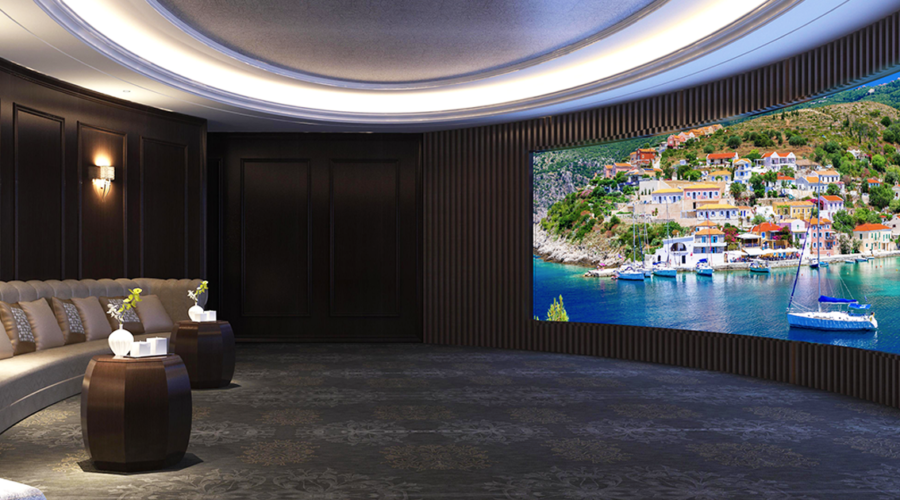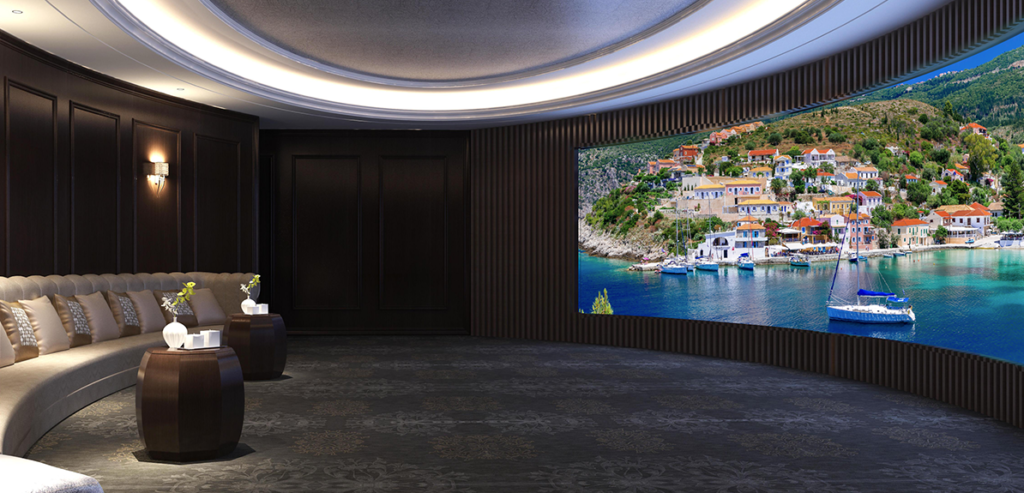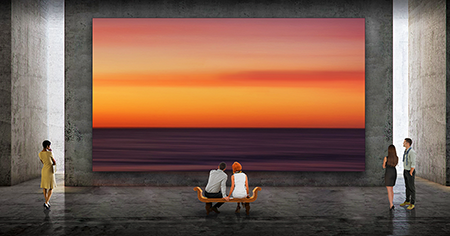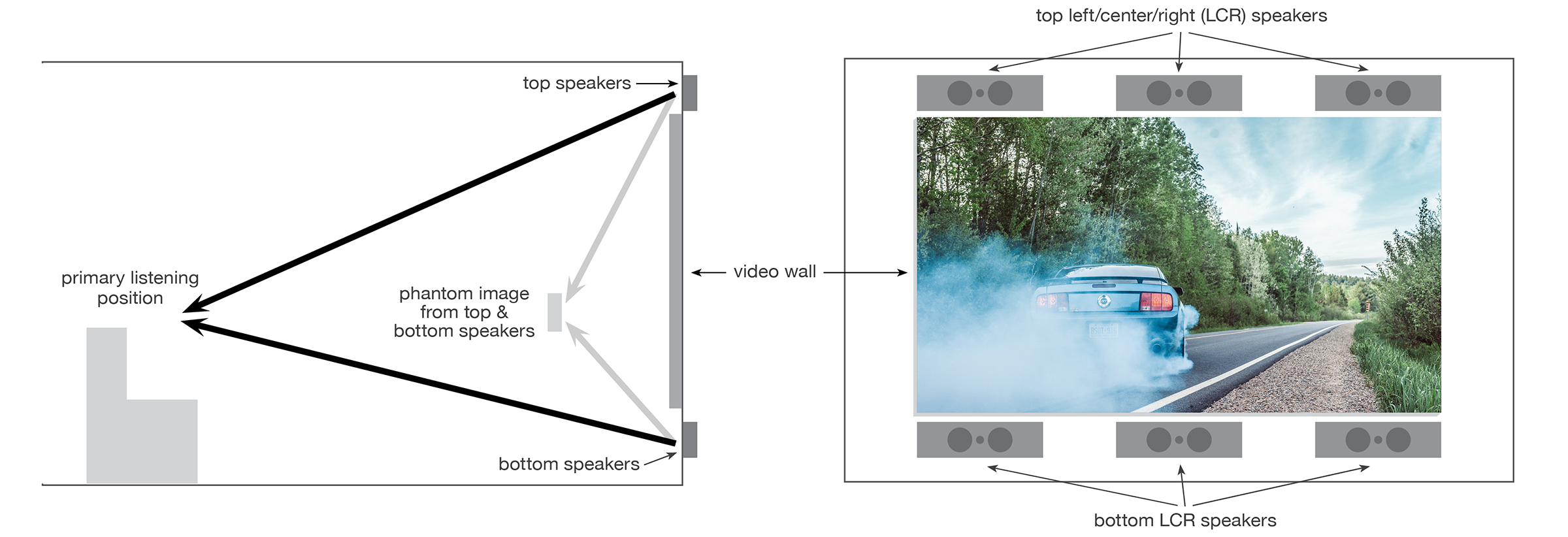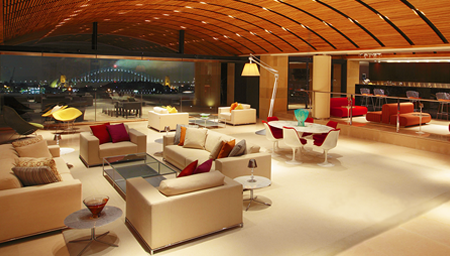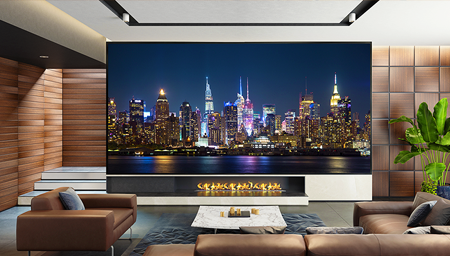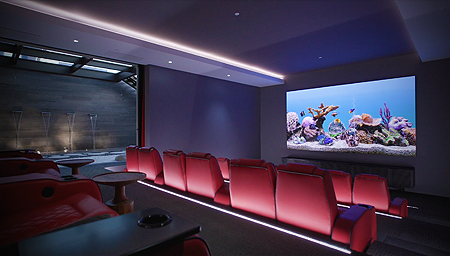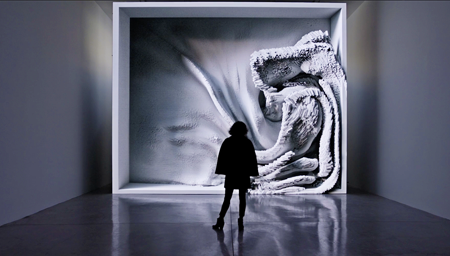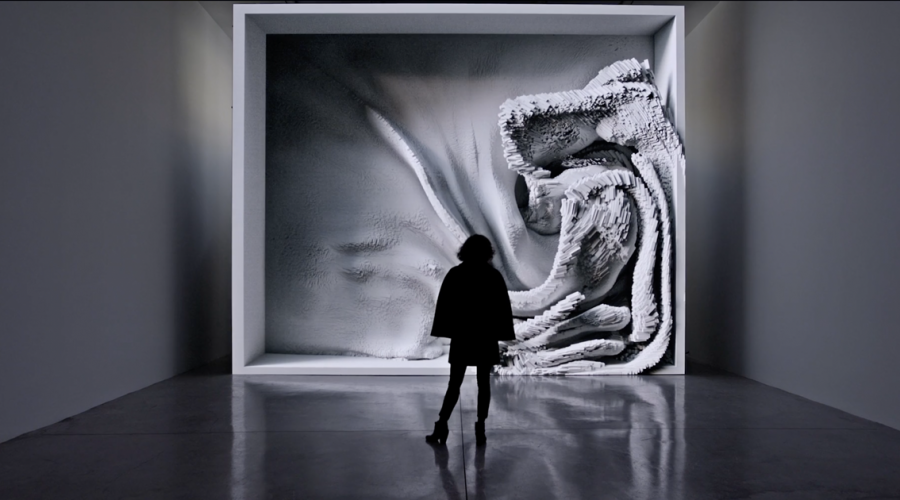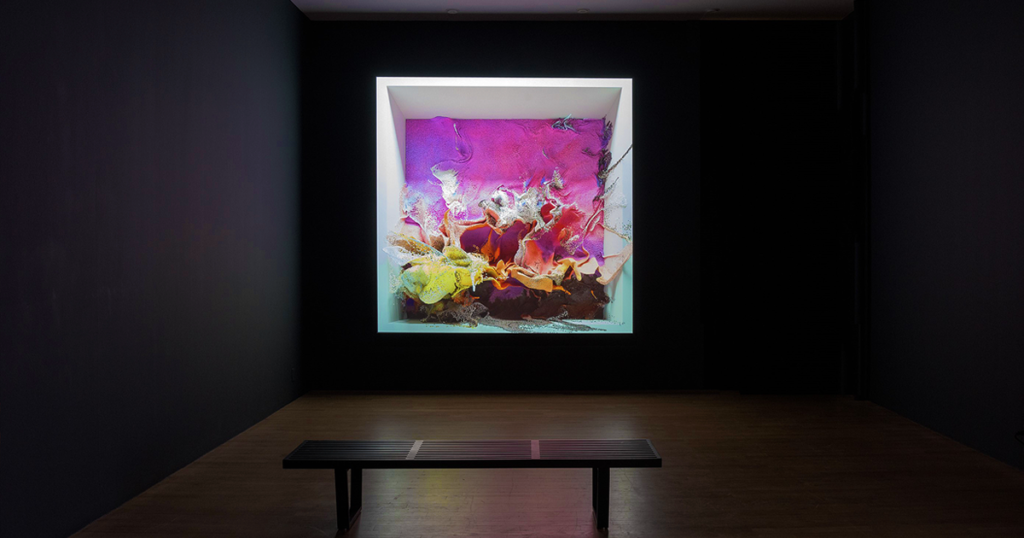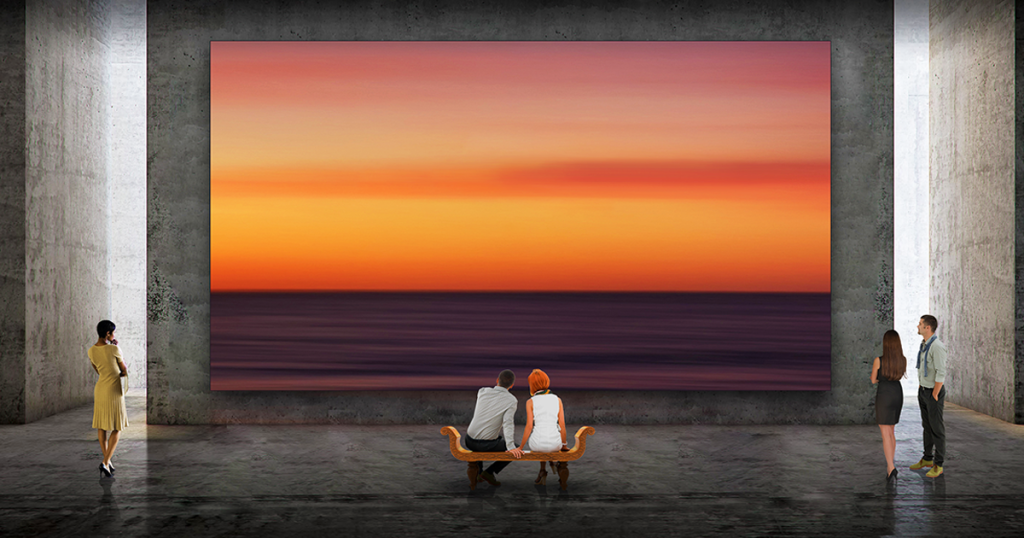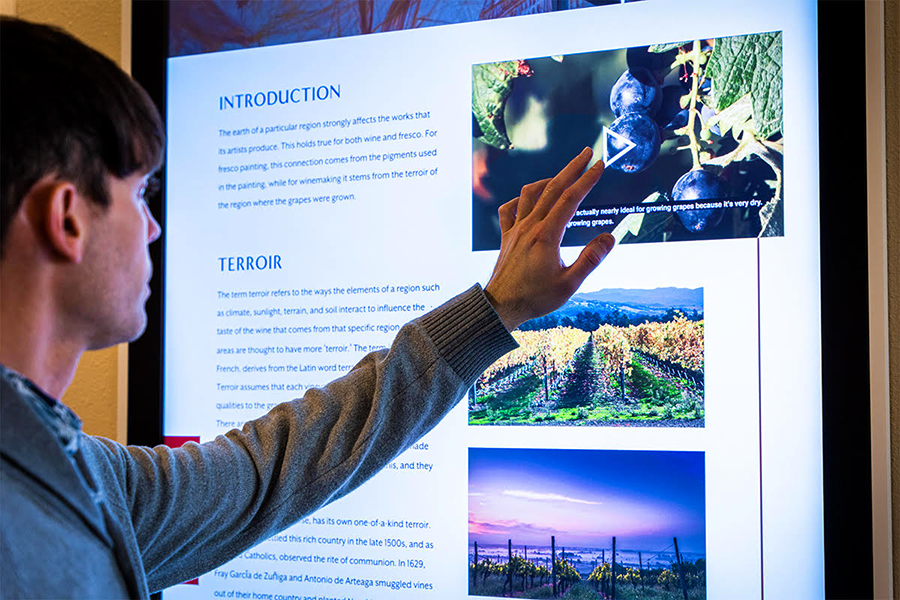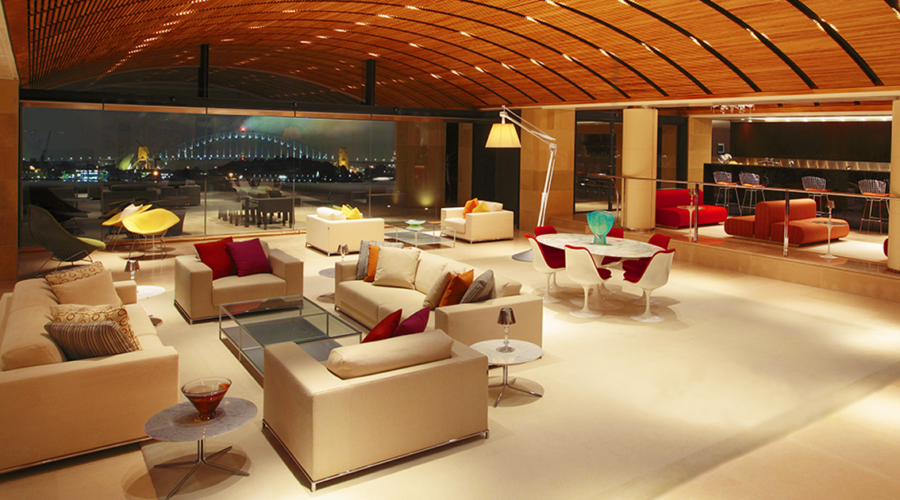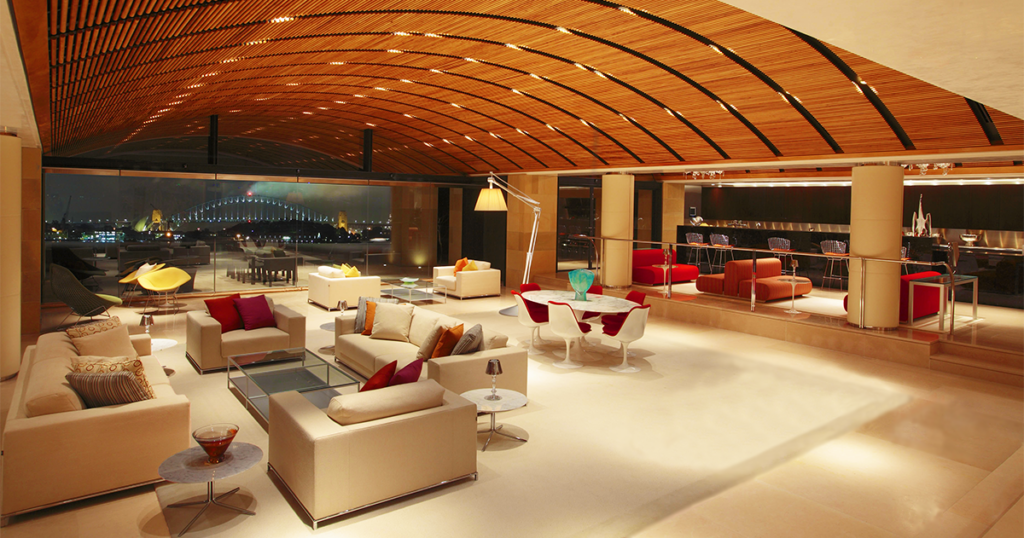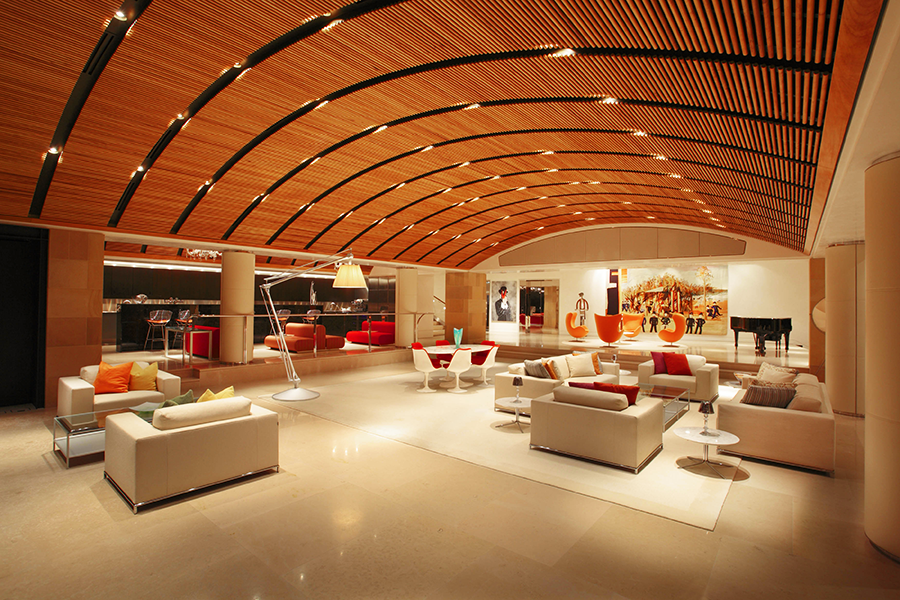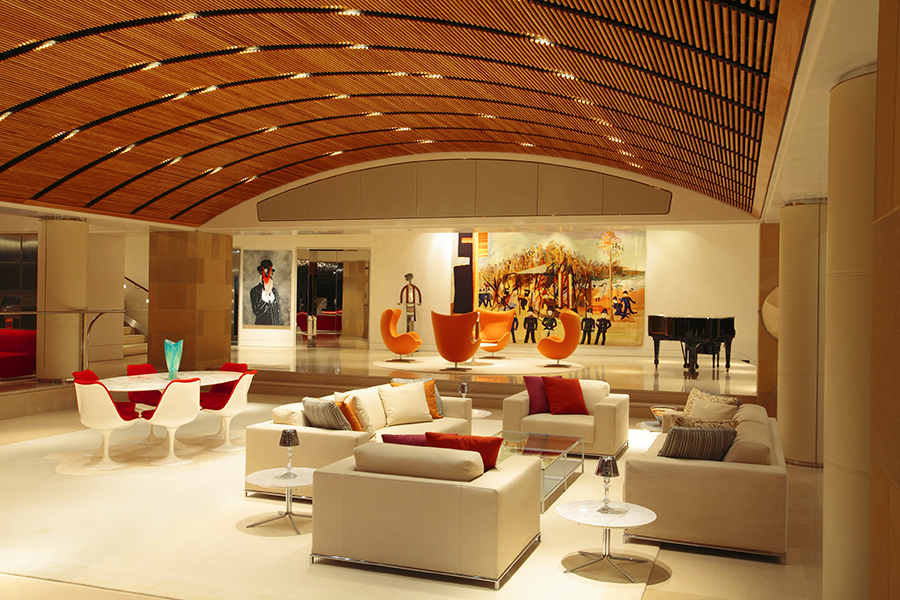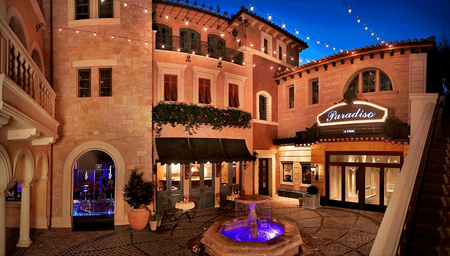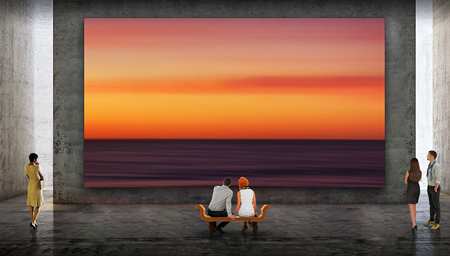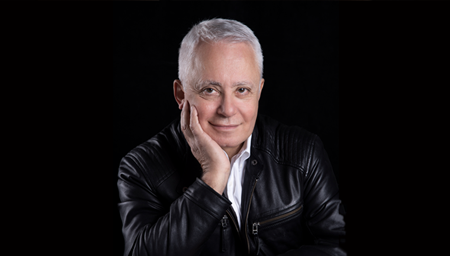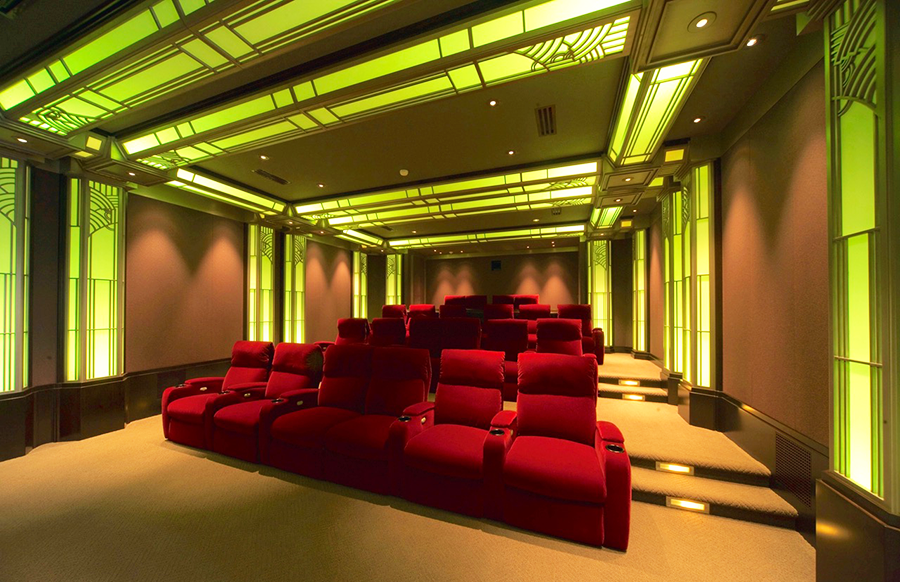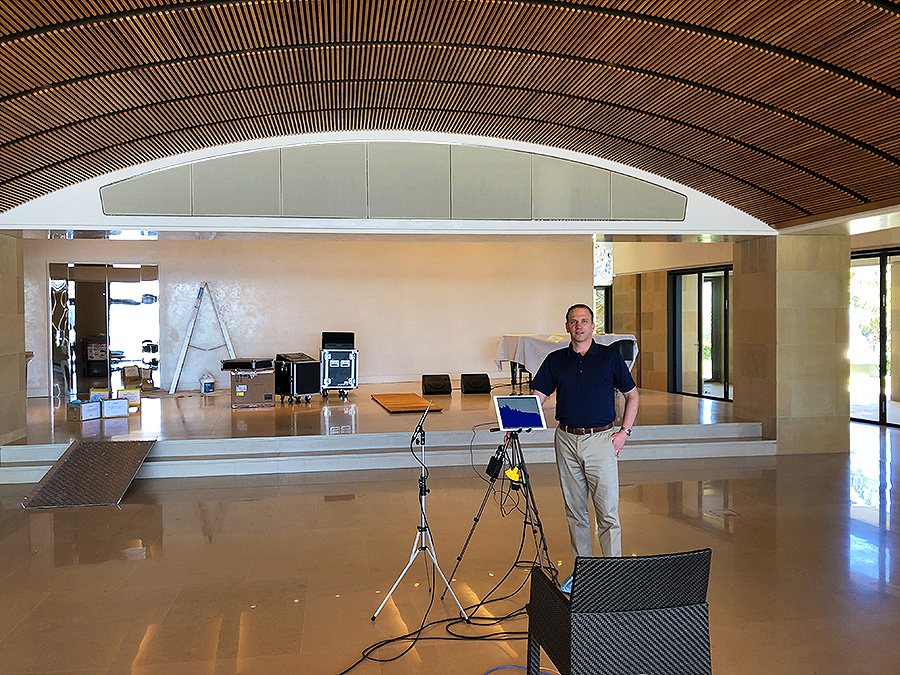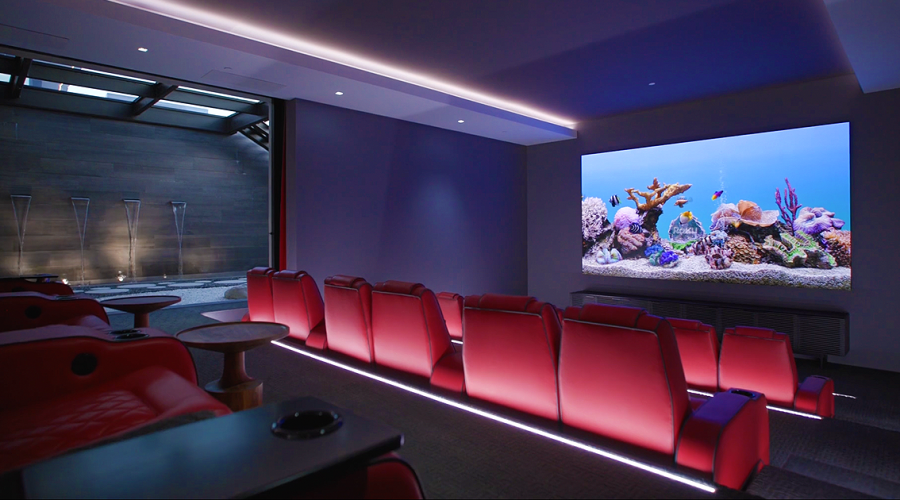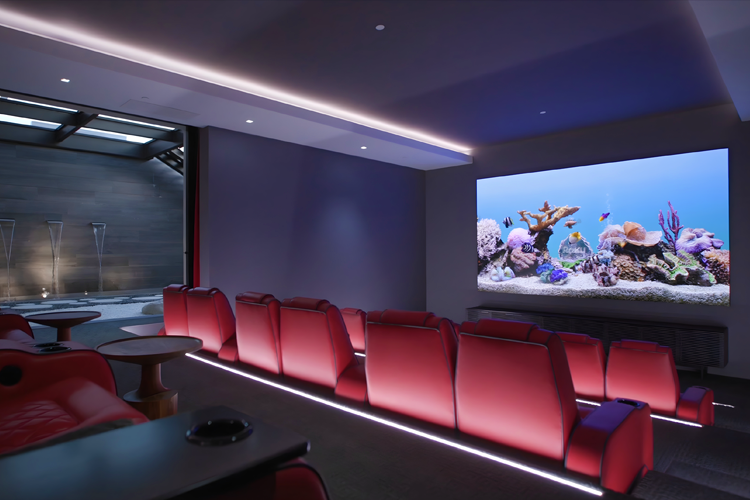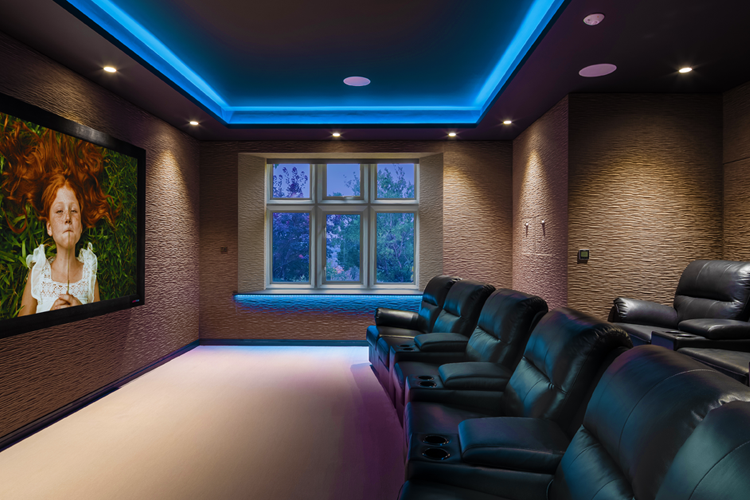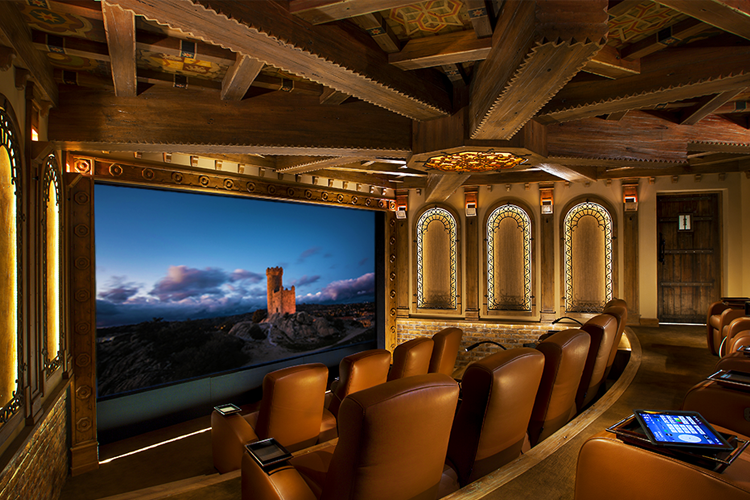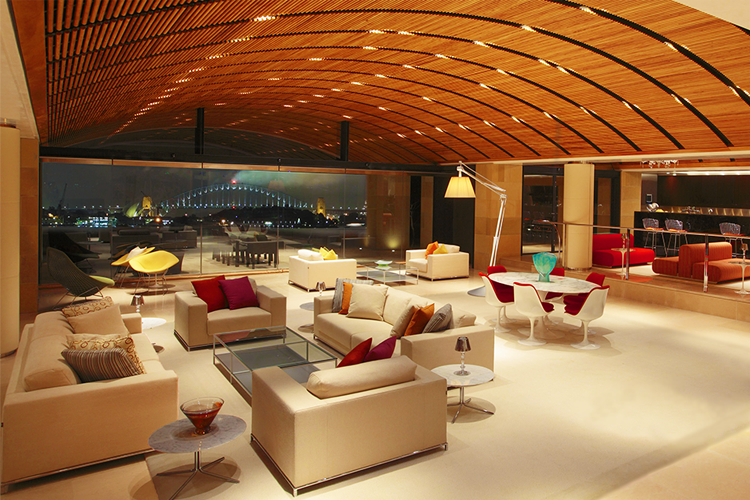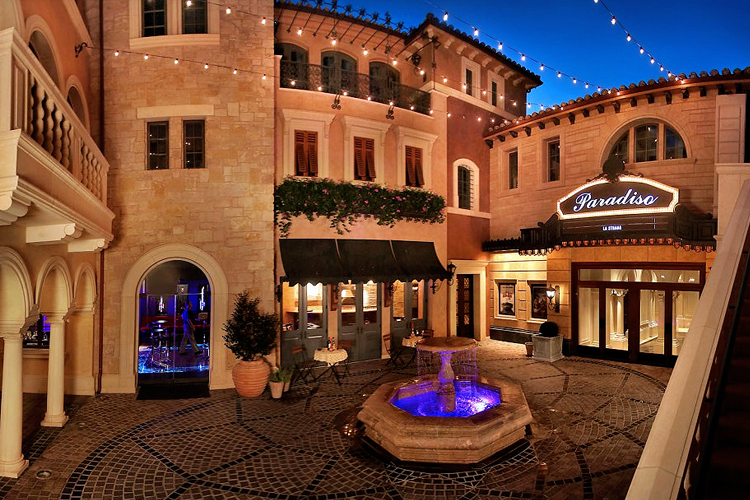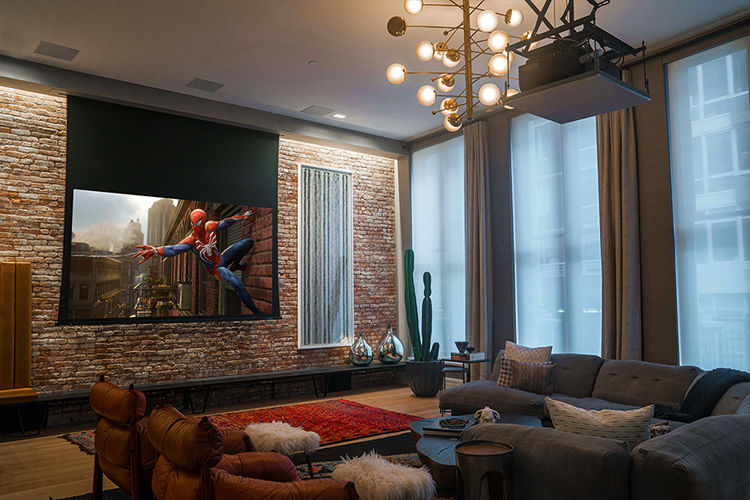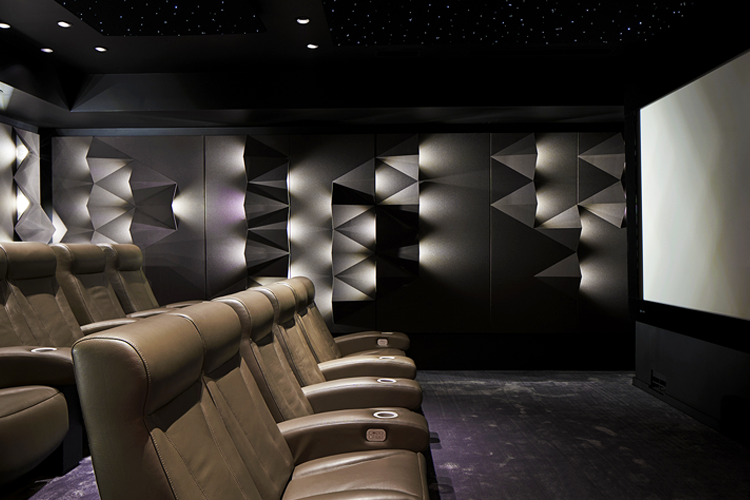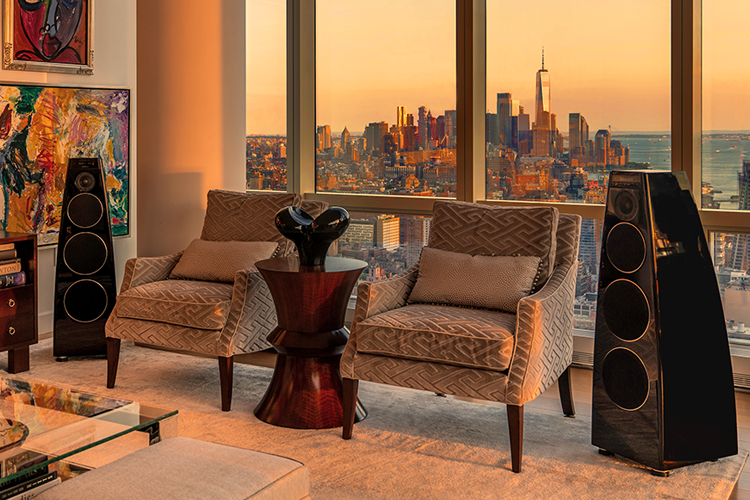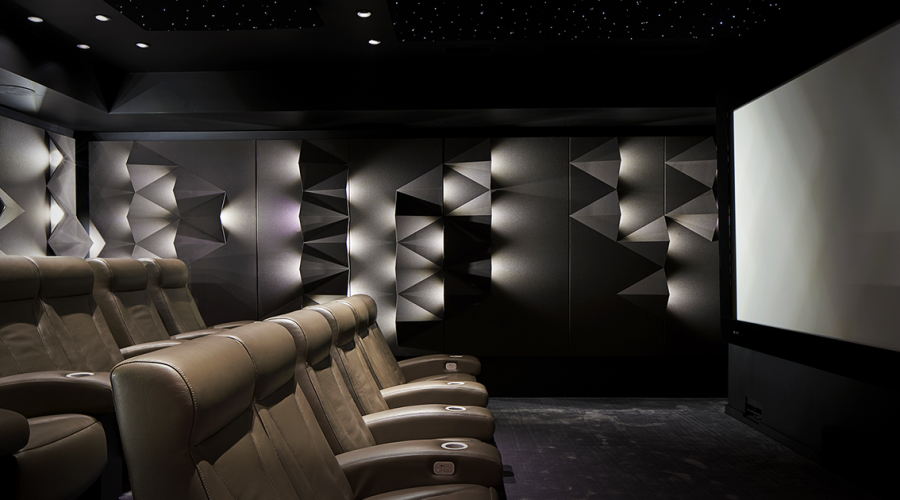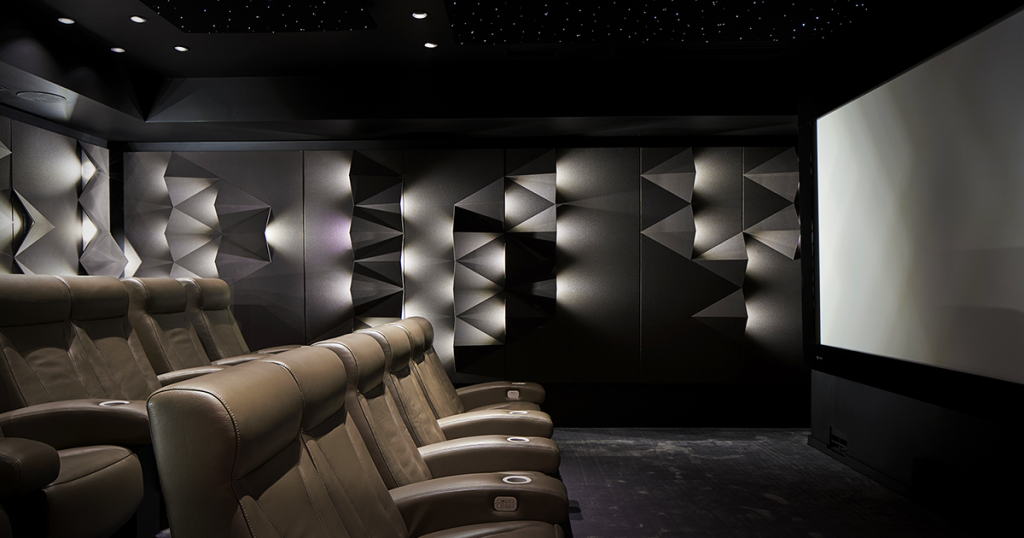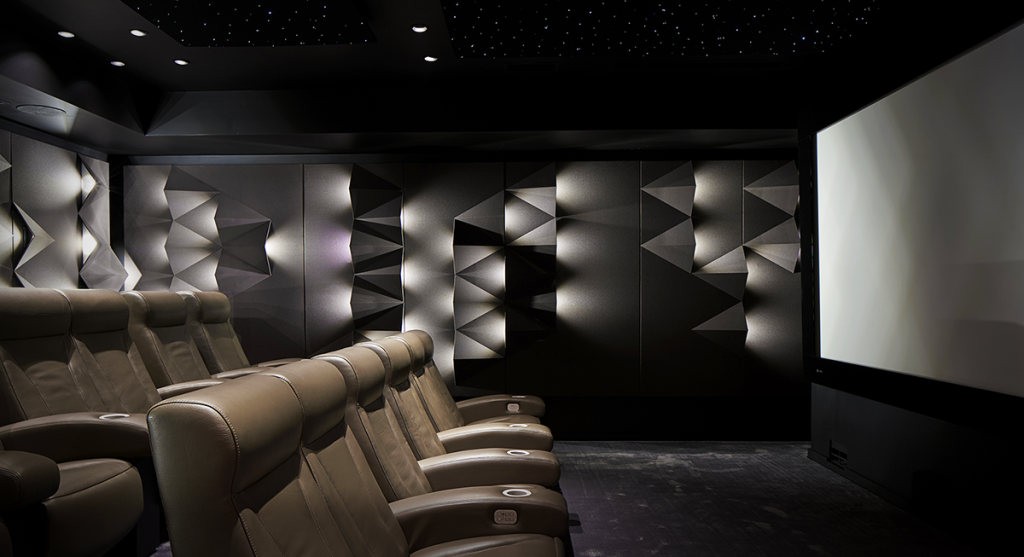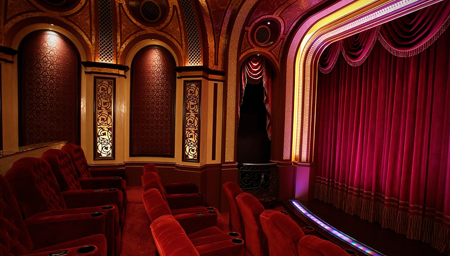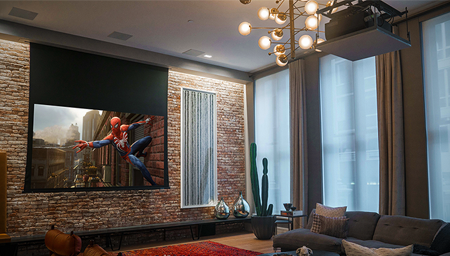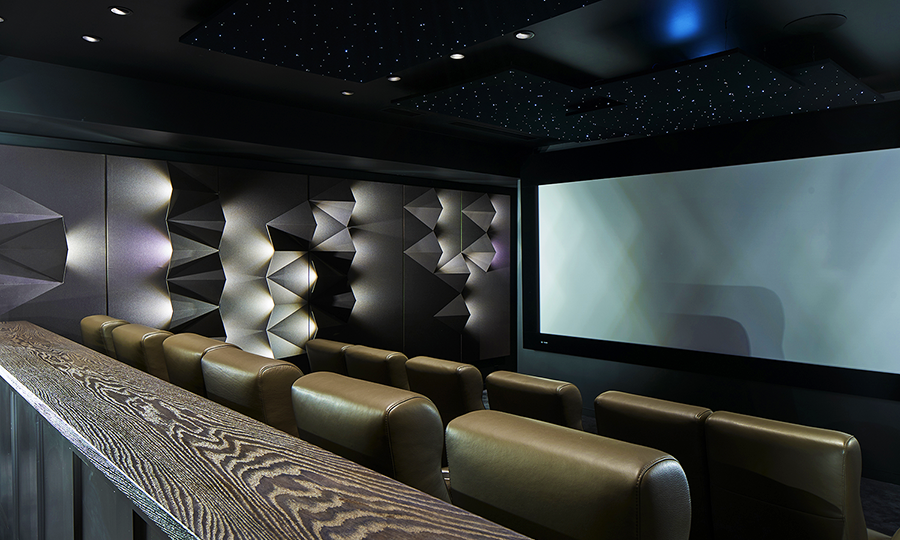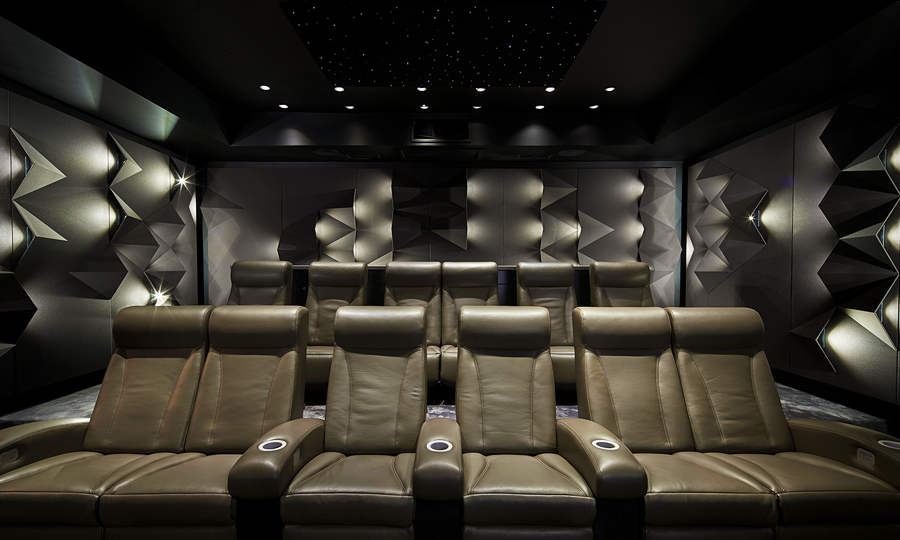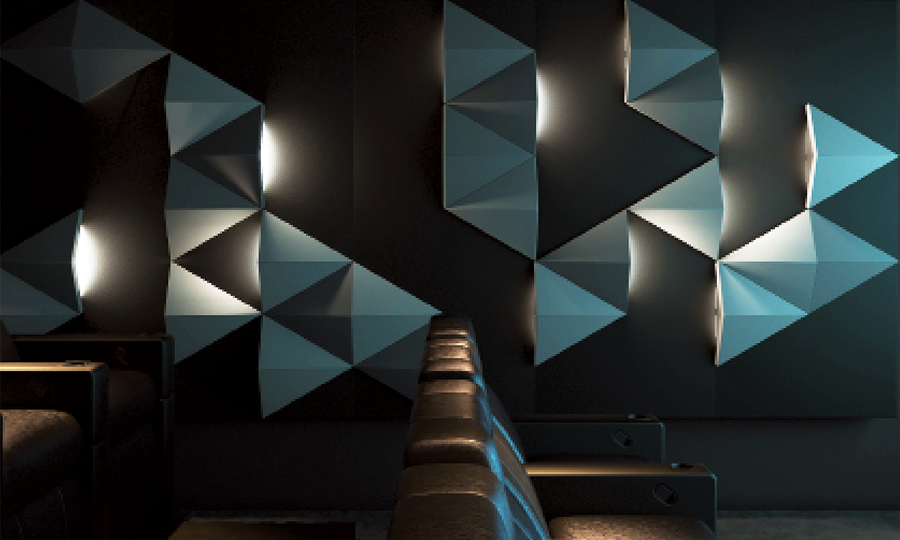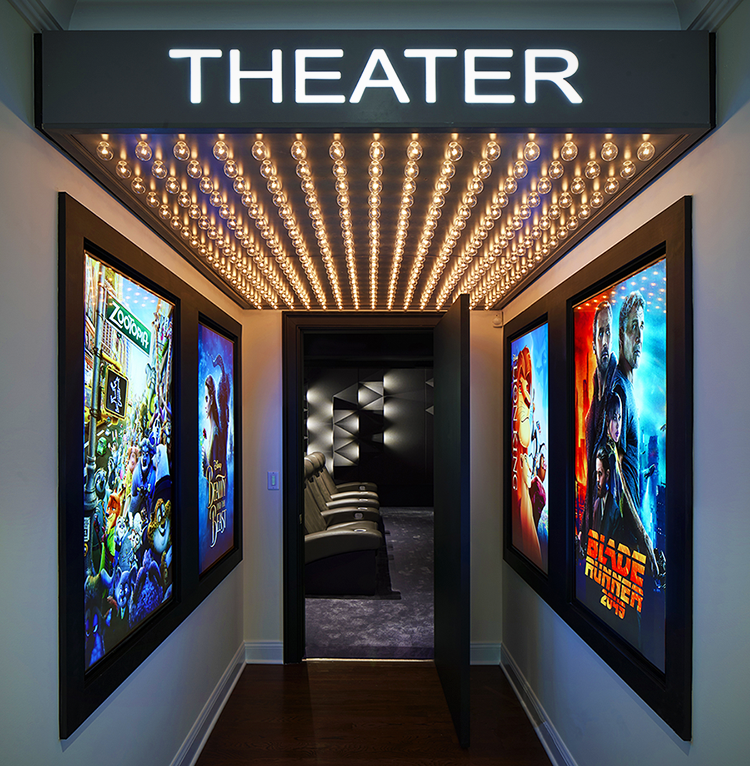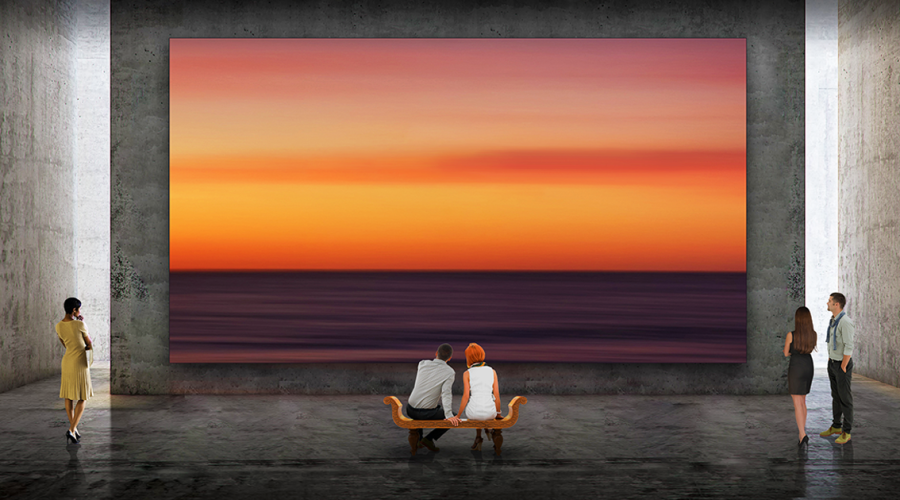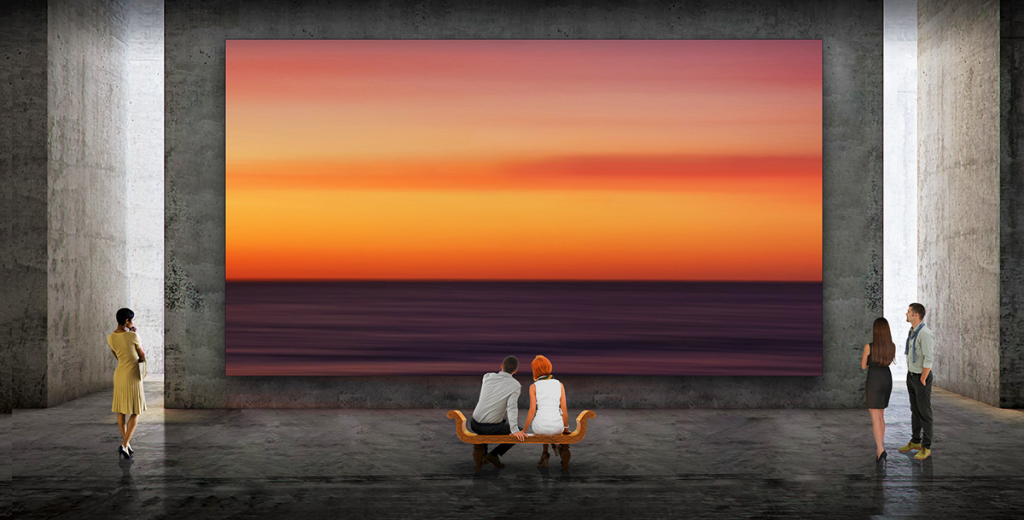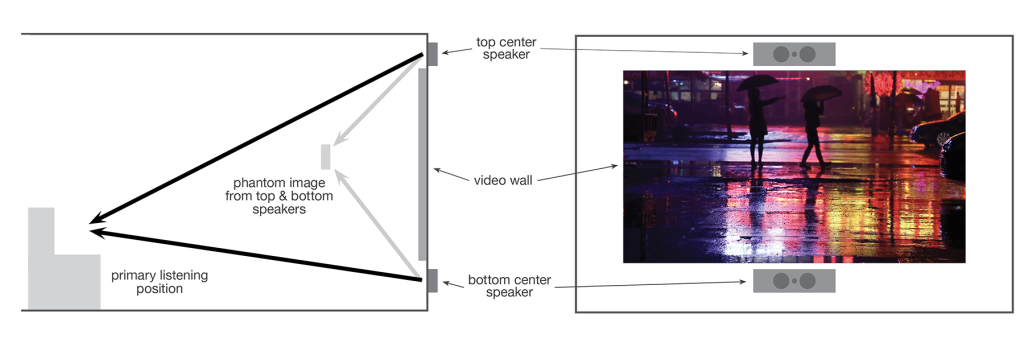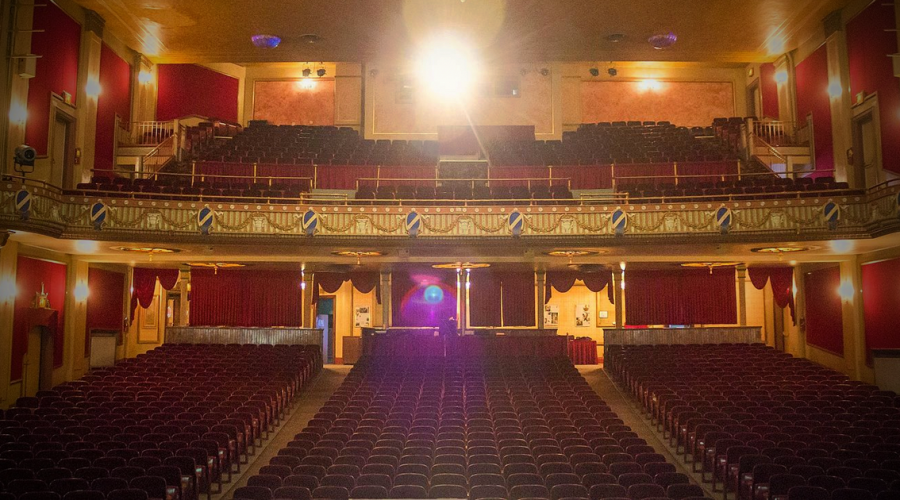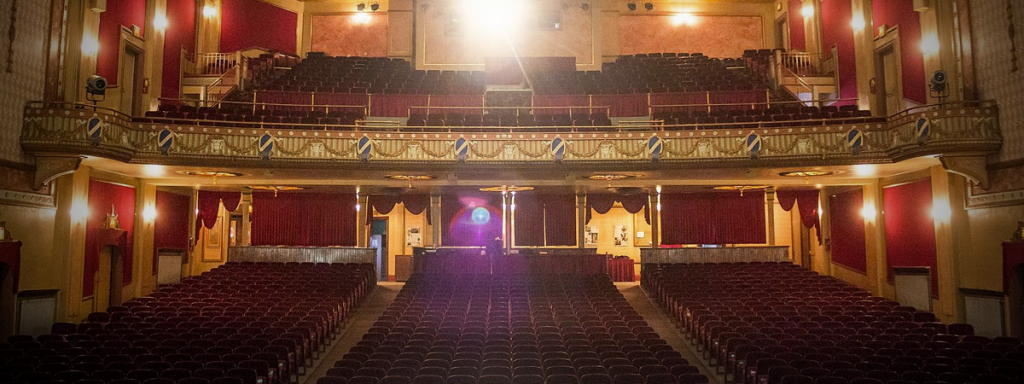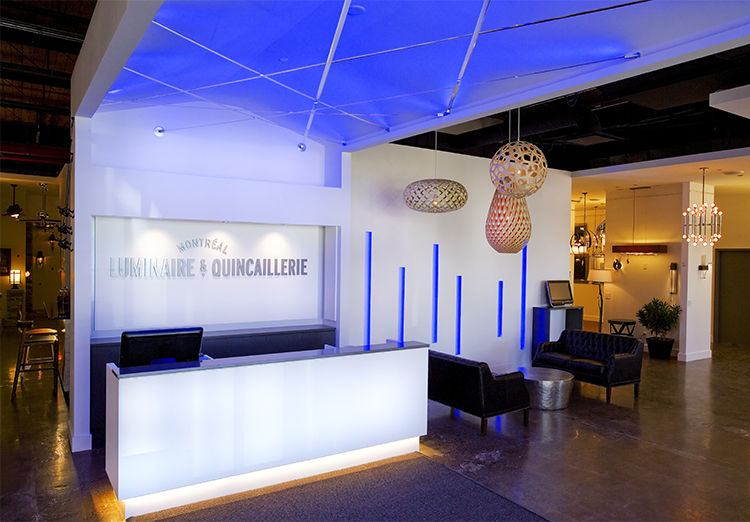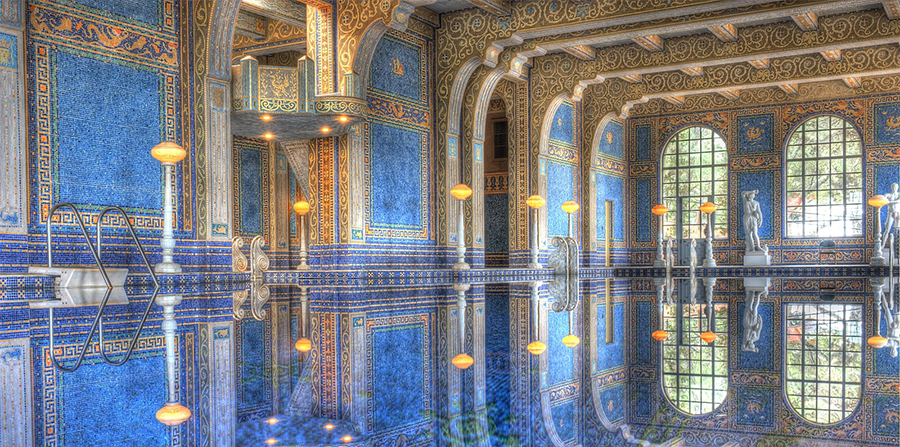Great Video Wall Sound Is Here
“Using the TPI controller, I was able to place the sonic image in the exact vertical position where my traditional center speaker
is located”
An opportunity to audition a center-channel solution in his own home theater showed the author you can have a micro LED wall without compromising the sound
by Steve Haas
January 19, 2023
Last June, in “Million-Dollar Wall, Hundred-Dollar Sound,” I talked about how difficult it can be to achieve acceptable sound when using a video wall in a home theater since the front speakers can’t be placed behind the screen as they can when using a projection screen. I mentioned that almost all of the solutions I had encountered resulted in significant compromises but that TPI’s Movement System showed promise, mainly because it includes a controller that uses digital signal processing (DSP) to allow you to adjust the height of the sonic image created by the front speakers.
I recently had a chance to audition the Movement System in my own home theater and was extremely happy with the results. This system uses speakers placed both above and below the video wall to create a phantom sonic image (similar to the horizontal imaging of stereo speakers except done vertically) to match the effect of a traditional center-channel speaker mounted at ear level. And it can accomplish this without the use of additional DSP and without having to employ the services of a professional calibrator (although both are still necessary to achieve optimal performance). Based on my hands-on experience with the TPI system, I have every reason to believe that this solution, along with others based on the same concept, will significantly accelerate the use of video walls in home theaters in place of projection systems.
from theory to reality
I know from my work with solid video screens in museum and commercial environments that effectively placing the sonic image vertically is both achievable and worth the effort. Some people contend that our brains can’t comprehend a vertical image shift as readily as a horizontal one. While there is some truth to that, A/B comparisons of vertical placement show that it can allow the sound of dialogue to be placed where we expect to hear it emanate from when watching a movie or a TV show, which is between half and two-thirds of the way up from the bottom of the screen.
I had been eager to evaluate the TPI system because of its potential to create precise vertical positioning in a home theater environment—particularly since I will soon be calibrating a very large residential project in Florida that uses the Movement speakers.
TPI sent me the two speakers and controller necessary to create a virtual center channel. While I could have requested additional speakers for the left and right front channels as well, I decided to use just the center so I could focus on dialogue. If the system could do dialogue well, I knew it would also be able to handle the left and right positions.
TPI’s Movement System uses speakers placed both above and below a video wall for the left, center, and right front positions. A controller is used to adjust the vertical position of the sound coming from each top/bottom pair, to create the same effect as if the speakers had been placed behind the screen.
also on cineluxe
Sign up for our monthly newsletter
to stay up to date on Cineluxe
I set the system up in my home theater, which uses a traditional left-center-right (LCR) speaker array positioned behind an acoustically transparent Stewart projection screen. I then used both objective measurements done with pink noise and subjective listening with program material that contained a lot of dialogue to position the phantom sonic image by way of the controller. I also employed Symetrix DSP to assist with the A/B comparisons of the top/bottom vs. behind-the-screen imaging, as well as with top-only, bottom-only, and top/bottom image comparisons.
Using the TPI controller, I was able to place the sonic image in the exact vertical position where my traditional center speaker is located. I then used the Symetrix DSP to tonally optimize the system so the sound from the top and bottom speakers closely matched that of my existing center speaker, even though they are from two different brands.
What was especially interesting is that the top and bottom pair exhibited a unique fullness of sound that wasn’t due to any type of distortion or phasing but that only added to their presence. Even though I had set the sound from the speakers to arrive at the listening location at exactly the same time, this presence took on an immersive quality because the sound was coming from two different directions, even though it created a solid sonic image in one specific location.
problem solved
The combination of objective measurements and extensive listening has convinced me the top-and-bottom-speaker solution will work. And it has significant advantages over the other existing approaches. By using direct-radiating sound as opposed to reflecting—or bouncing—sound off the video-wall screen, it avoids problems with the reflected sound from the screen becoming mixed with direct sound from the speakers, which creates distortion. Also, having large speakers mounted on the ceiling and aimed at the screen can be both unattractive and distracting. The top-and-bottom approach is especially effective with larger video walls where it can be difficult, if not impossible, to place the center-channel image at an acceptable height using LCR speakers mounted either above or below the screen.
Another advantage is that sound can be optimized for positions in addition to the traditional sweet spot in a theater, which isn’t possible with a single speaker no matter how well it has been calibrated. The type of system considered here would allow for the creation of presets to shift the sweet spot if the homeowners, for instance, wanted to sit in the front row instead of the center row because of the type of programming they were watching.
Also, the shallow height and depth of the Movement speaker cabinets allows them to be easily placed in the relatively small areas available above and below large video walls and allows for flexible placement within those areas. Admittedly, they can’t be used if a client wants an LED screen to fill the whole wall, but doing so would also create basic, non-audio-related problems with things like sight lines. It would be possible, though, to incorporate the speakers into a angled proscenium that would allow them to be positioned forward of the screen, an arrangement that could accommodate any desired screen size.
To have a speaker system that can be optimized without compromise, allowing you to place a pure, strong sonic image exactly where you want it, is going to be a game-changer for creating high-quality sound to go with LED video walls. Given the potential of what I experienced with this system in my own theater, I am looking forward to calibrating the system in the Florida installation next month, which will allow me to take the Movement System from an experimental situation into a real-world home theater environment.
Steve Haas is the Principal Consultant of SH Acoustics, with offices in the NYC & LA areas. Steve has been a leading acoustic and audio design & calibration expert for over 25 years in high-end spaces ranging from home theaters, studios, and live music rooms to major museums and performance venues.
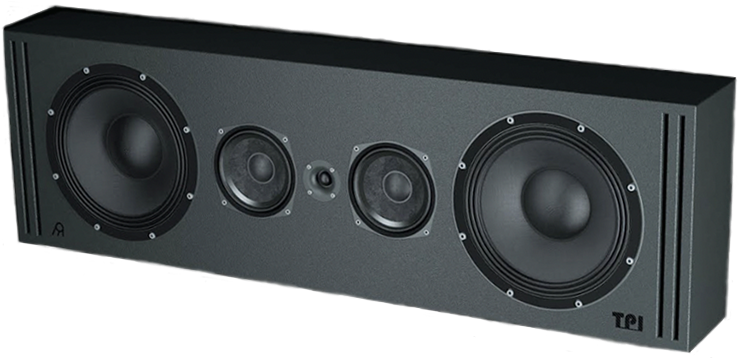
a rendering of TPI’s Movement L center speaker
© 2023 Cineluxe LLC
